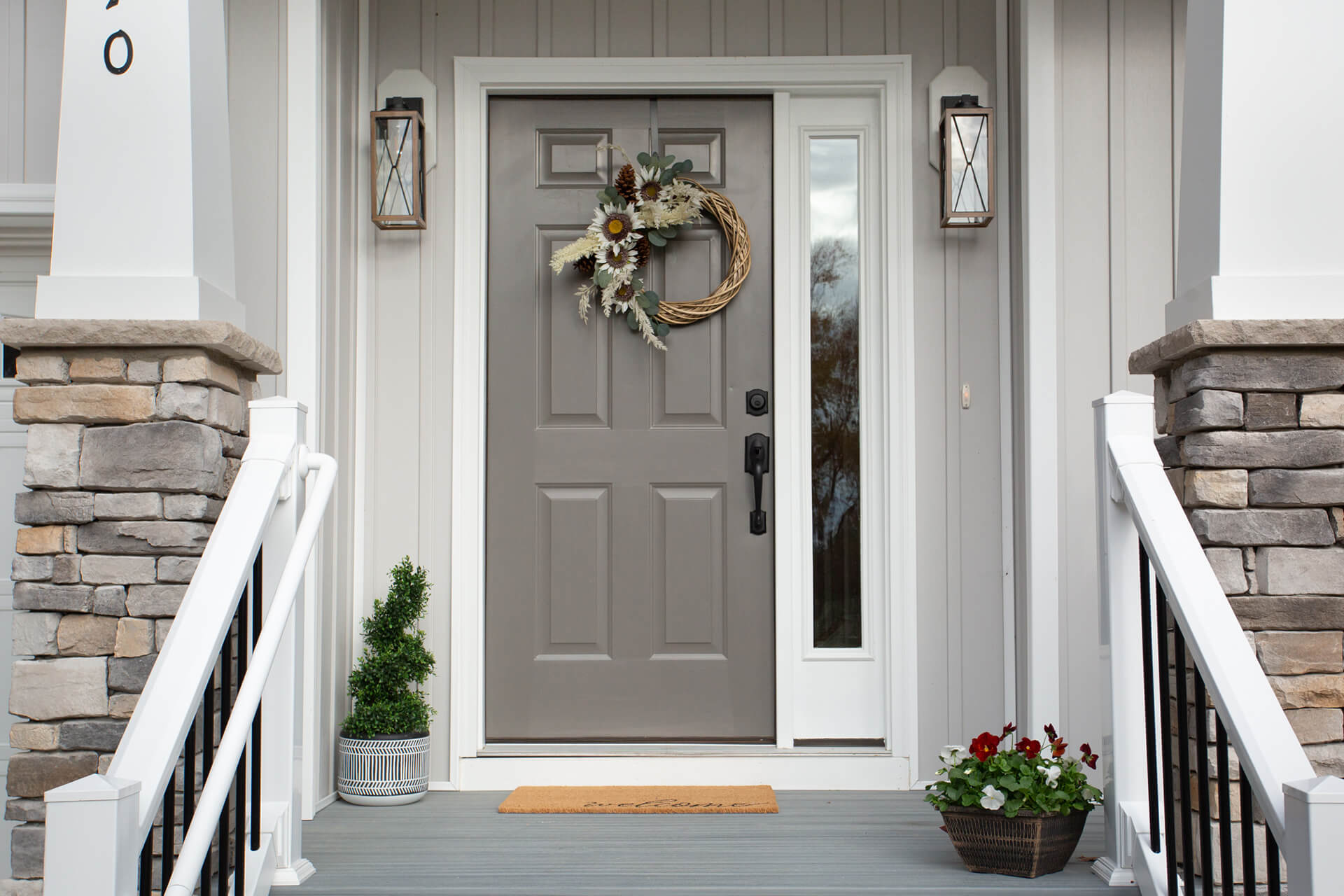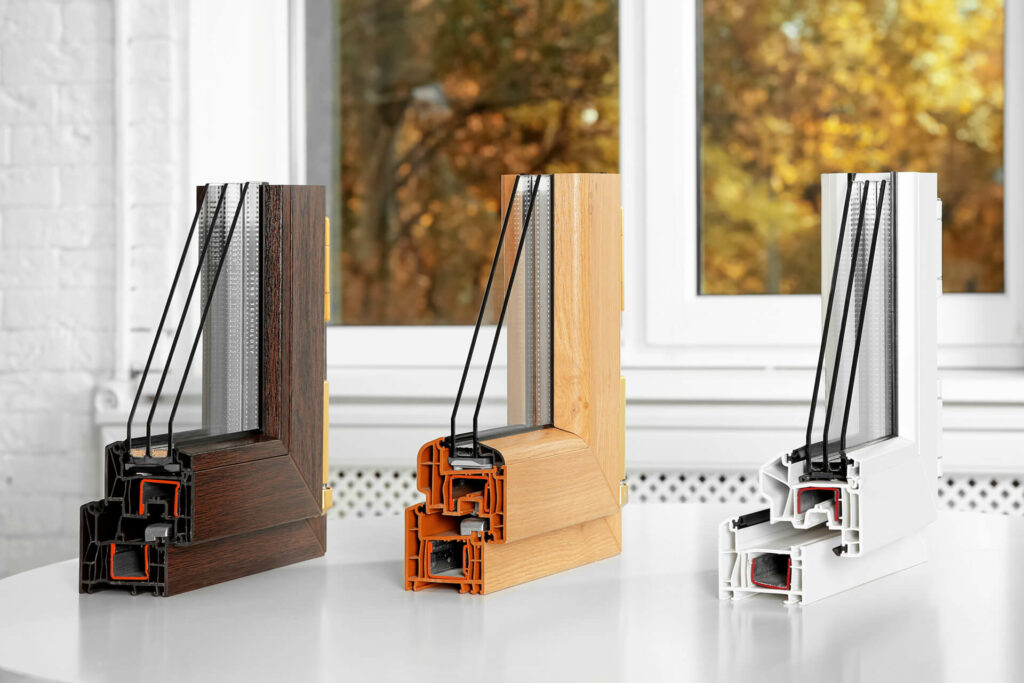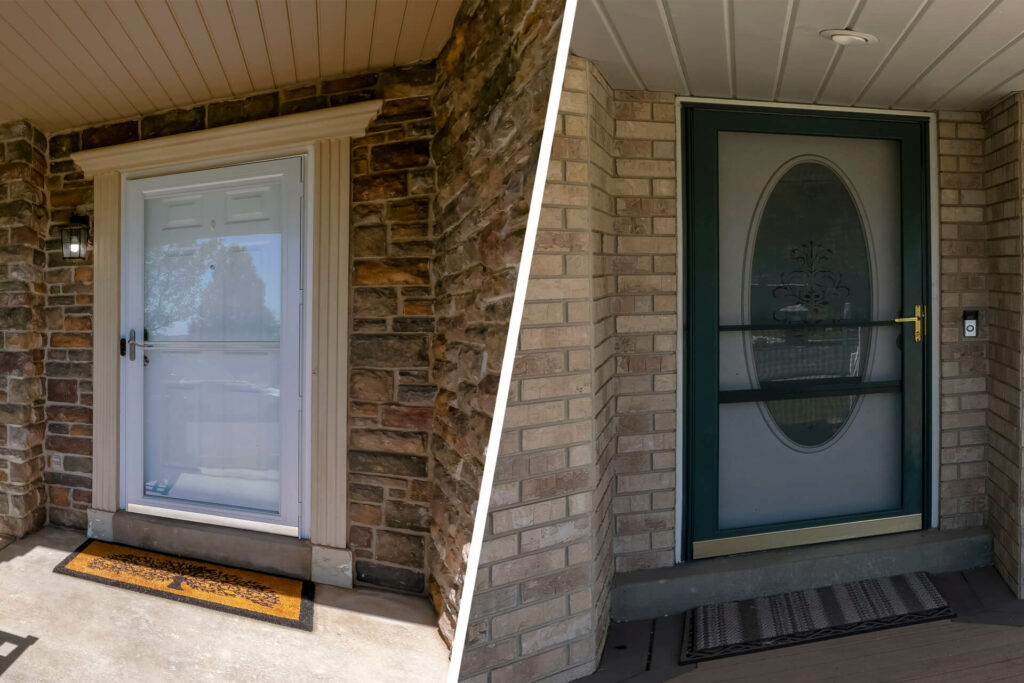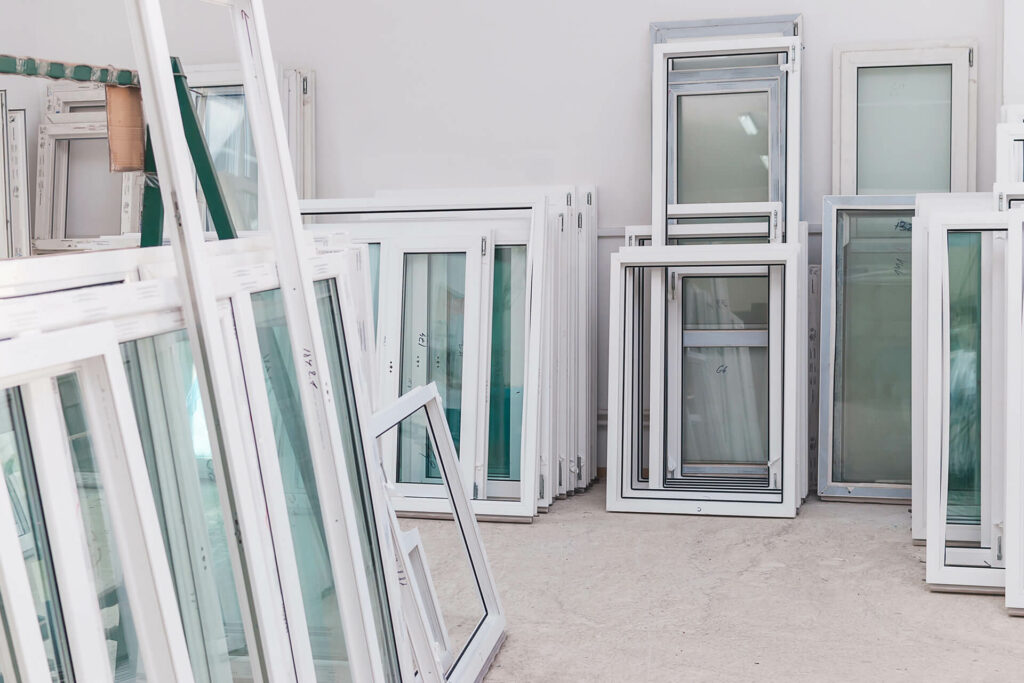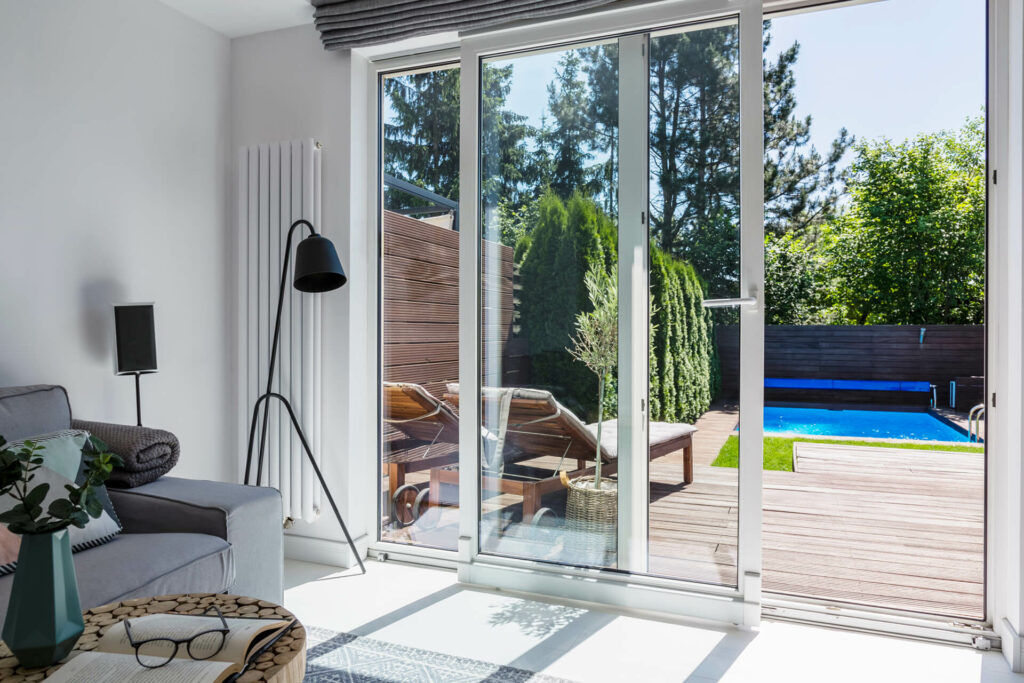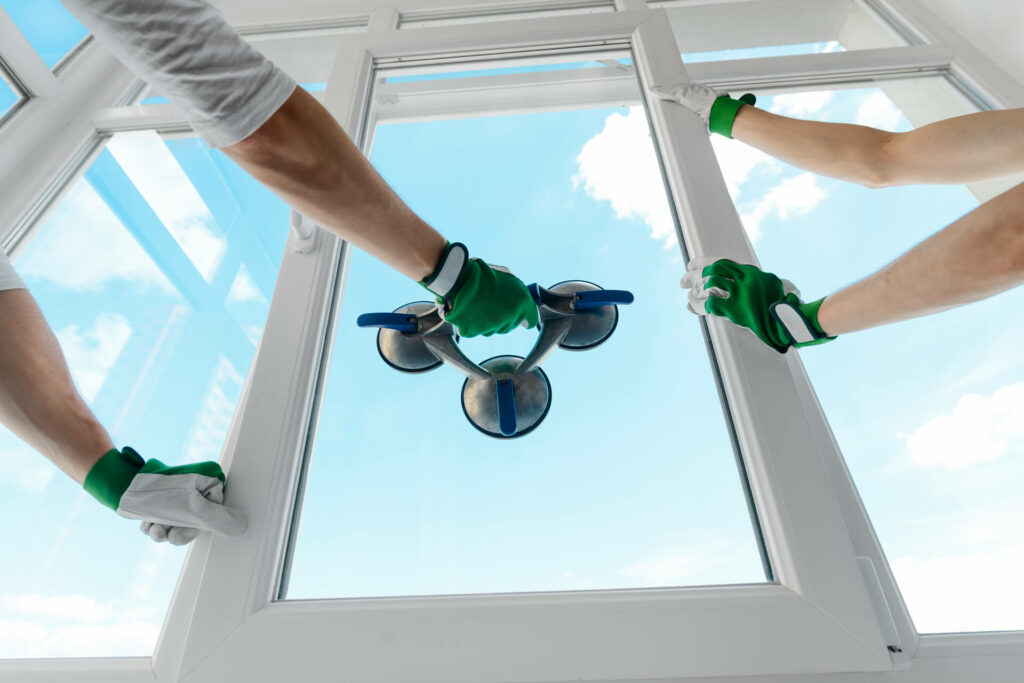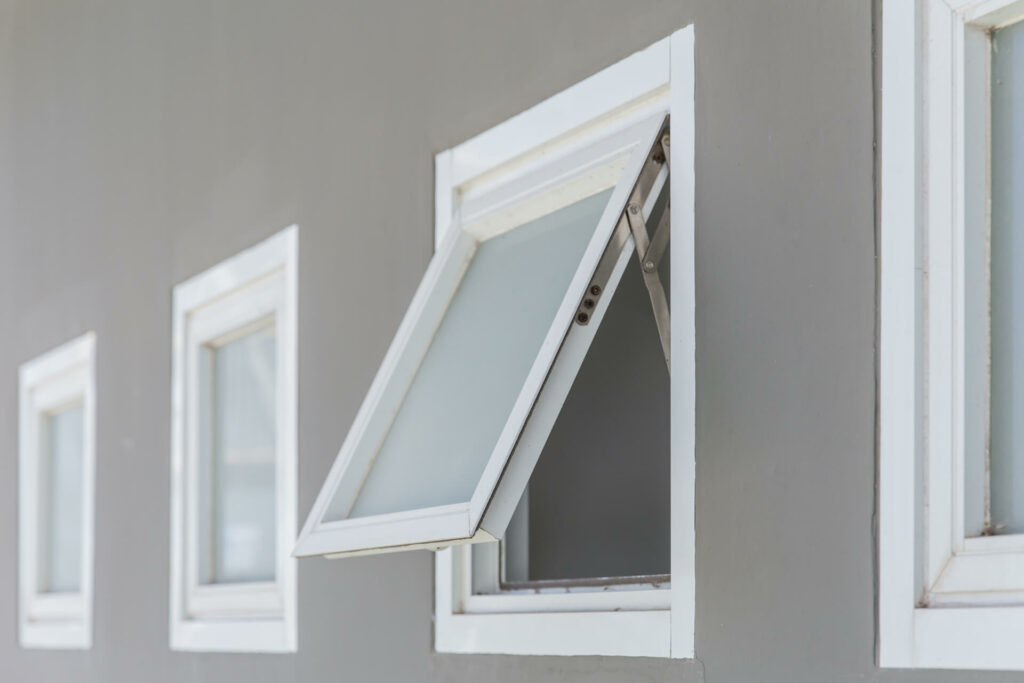When it comes to choosing the right exterior door for your home, the decision often boils down to two popular materials: fibreglass and steel. Both options come with their own set of benefits and drawbacks, tailored to different needs and preferences. Whether you’re prioritizing security, energy efficiency, or aesthetic appeal, understanding the nuances between fibreglass and steel doors is crucial. In this comprehensive guide, we’ll compare the two side by side to help you make an informed decision that aligns with your home’s requirements and your personal taste.
Fibreglass Doors
Fibreglass doors are constructed from a composite material, combining the strength of glass fibres with a polymer resin, making them lightweight yet strong. Furthermore, they are highly weather-resistant, not prone to warping, cracking, or rotting like wood, nor do they rust or dent as steel might. These doors require minimal upkeep; a simple wipe-down with a damp cloth is sufficient to keep them looking their best. The composite construction also creates an effective thermal barrier, enhancing your home’s comfort and energy efficiency. While fibreglass doors tend to have a higher price tag compared to steel, they offer significant long-term benefits.
Steel Doors
Steel doors are the fortresses of the door world. Constructed from heavy-gauge steel, they offer unparalleled strength and security. If home security is your top priority, steel reigns supreme. Its robust build deters forced entry and provides peace of mind. Another aspect of security is steel’s superior fire resistance compared to fibreglass, adding an extra layer of protection. While steel doors are generally considered more affordable, the final cost can vary widely based on factors such as manufacturer, design, specifications, and added features.
As strong as steel doors are, they are more prone to dents and scratches than fibreglass. Steel is also more conductive to heat and cold, potentially affecting the energy efficiency of the doors made from it. However, high quality, Energy Star certified steel doors with proper thermal breaks will perform comparably to fibreglass.
Choosing Between Fibreglass and Steel Doors
Below are some of key factors you might want to consider when choosing between the two.
Aesthetic Appeal
Both doors have a wide variety of design options. However, fibreglass tends to provide a more realistic wood-like appearance and texture because the material can more closely mimic the variations and depth of real wood grain.
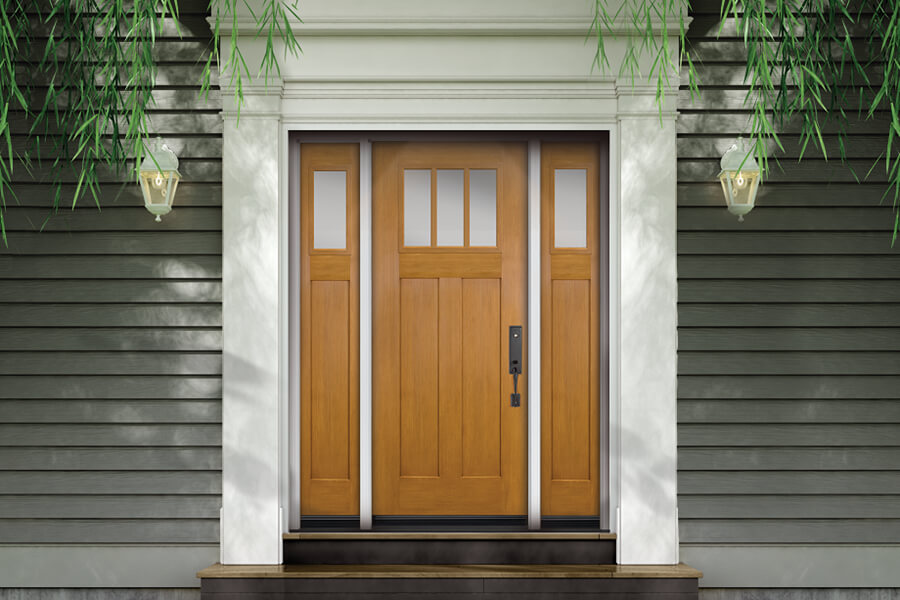
Longevity & Durability
Both options are highly durable, but fibreglass has a slight edge in weather resistance.
Thermal Performance
As previously stated, steel doors that are Energy Star certified should be just as energy efficient as fibreglass one. However, the exterior of steel doors would still be hotter or colder to touch.
Security
Steel is the undisputed champion in security, offering superior resistance to forced entry.
Cost
Steel is typically more affordable, but actual cost will depend on factors such as manufacturer, specifications, design, features and other customizable options.
Conclusion
Each material excels in different areas. By comprehending the distinctions between these two types of exterior doors, you’re empowered to make a well-informed choice that aligns perfectly with your specific needs and preferences.

